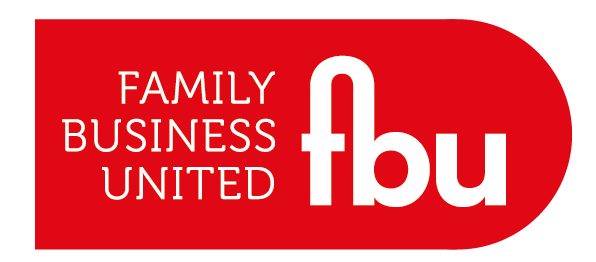The Family Constitution
- Paul Andrews - Founder & CEO, Family Business United

- Dec 27, 2012
- 3 min read

The family constitution is a written document that lists the mission, vision, and purpose of the firm. It also spells out the family commitment to business continuity.
For example, does the family intend to pass the business on to future generations or sell off at a profit? The family constitution lists responsibilities of ownership, conflict resolution procedures, as well as company policies and procedures on such important issues as family member employment, hiring, retirement, and terminations.
The constitution includes items that can often be disruptive or loaded with the potential for conflict such as the role of spouses in the business and what should happen with shares in the case of a divorce. In addition, the document is where policies and procedures are created for when a family member develops a drug or alcohol problem or becomes disabled.
The critical function of the constitution is to foster family discussion and agreement, and to create guidelines on key issues before being forced to make a difficult decision on a moment’s notice when emotions are likely running high. Interestingly, the vast majority of family businesses do not have this important document.
In addition to the previously mentioned items, the family should discuss the following for possible inclusion in a family constitution (not an inclusive list):
1. Why is the family in business together? Should the business stay in the family?
2. What is the process for succession (choosing the next leader)?
3. A share liquidity policy, including buybacks from family members and dividends.
4. A family compensation/remuneration policy.
5. A procedure for making decisions (e.g., consensus, or vote), who will make the decisions?
6. Corporate officer roles and responsibilities.
7. A family member entry policy. Is a university education required? Should entering family members be required to work elsewhere and find success on their own first?
8. A family member exit policy.
9. What is the process for terminating a family member?
10. The role of non-family employees.
11. Establishment of a board of advisers or directors and their roles, and the number of times they will meet annually.
12. Establishment of an annual family retreat.
13. Number and role of family members on the boards.
14. Establishment of a family council and its responsibilities and roles.
15. Educational reimbursement policy.
16. A policy for settling disputes or conflict among family members specifying who will settle the dispute, such as the outside board of advisers or the family council.
17. Reporting structure for family members. Should family members report to family or to non-family members only?
18. Charitable giving goals.
19. Investment policies and procedures. Should the firm support younger family members in startup businesses of their own?
20. Procedures for developing and training the next generation of leadership.
It will take several meetings to create a document the family can agree with. Many families agree it is time well spent and important to discuss before serious issues arise.
The constitution is commonly an agenda item at the annual family retreat. The document should be considered a living document that can be reviewed annually and updated as necessary.
Reproduced with permission from Keanon Alderson and The Press-Enterprise (www.pe.com) Keanon Alderson Ph.D. is an associate professor in the Robert K Jabs School of Business, at California Baptist University in Riverside CA. He can be reached at kalderson@calbaptist.edu








%20copy%20(4)%20copy%20(1)%20copy%20copy%20(1)%20copy%20(1)-Medium-Quality.jpg)



.png)
























